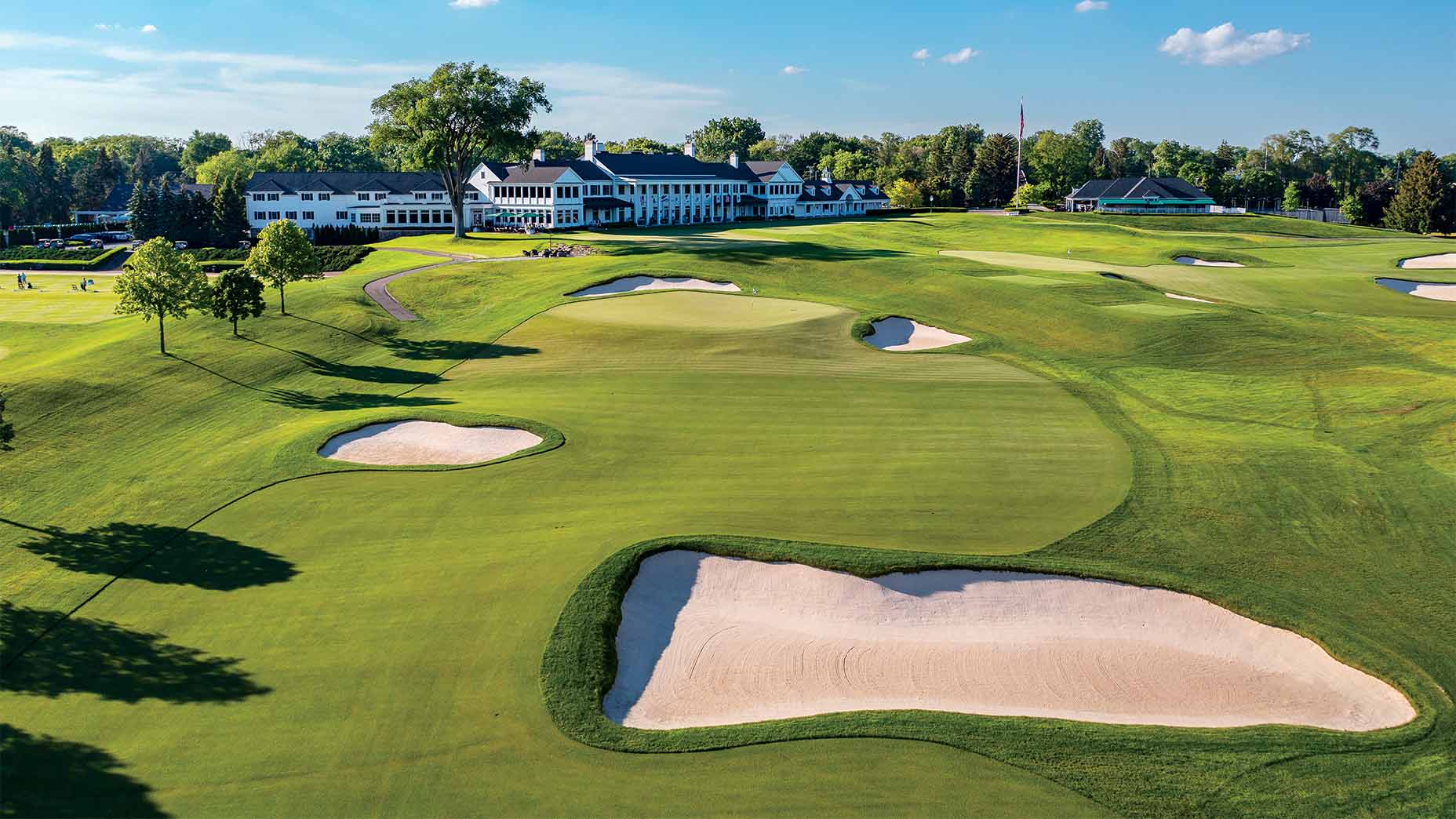Ed. note: With each new Top 100 Courses ranking comes new learnings, both large and small. Our 2021-22 Top 100 World list is no exception. To better understand this ranking’s key trends and takeaways, we asked Ran Morrissett, who manages our ratings panel, for his observations. Here’s the second installment of his seven-part series. Stay tuned to GOLF.com in the coming days for more of Morrissett’s insights.
***
Part I: Pandemic positives
Part II: Parkland golf is back!
For the statistically minded among you, note that 12 countries were represented in 2019, with the United States leading the way with 50 entries. This year? Fourteen countries represented with 51 state-side entries.
While these numbers could lead to the false impression that not much has changed over the last two years, a deeper dig into our ranking proves otherwise. One clear trend? Courses close to where most golfers live are enjoying a resurgence. For too long in the ratings game, a course had to reside by a large body of water to stir deep emotions. Not anymore. Most of us live inland. We don’t (sigh) have homes in Carmel or Fife.
By and large, inland courses tend to have heavier soils and, since our last rank, are the ones undergoing the most noteworthy restorations. In the late 1990s and early 2000s, a “restoration” consisted mostly of pushing the green edges toward the perimeter of their pads, cutting down trees whose branches hung over the fairway and reinstalling non-controversial bunkers. If a pond had been added to a Golden Age course along the way, the political clout didn’t exist to remove it. Today, half measures and timid actions don’t get it done.
Just look at the terrific work and the huge moves since our last world ranking at Oakland Hills (+41 spots), Baltusrol Lower (unranked to No. 57) and Oak Hill (unranked to No. 76). Yes, two new coastal courses (No. 55 St. Patrick’s in Ireland and Scotland’s No. 74 Ardfin) muscle their way onto the list, but the quantity of inland courses that made big jumps is the real headline.
For a perfect example, step on the first tee of the South Course at Oakland Hills (No. 31). Be prepared to have your breath stolen by this Gil Hanse and Jim Wagner restoration. As far as the eye can see is the ultimate parkland playing field, with fairways bobbing and weaving up and over rolling hills and down through valleys. The non-playing areas are covered in fine fescue blowing in the wind. Gone are trees that stunted long views and masked the superb topography. The greens — one of the best sets in world golf — increased nearly 35 percent(!) in size, bringing back countless fun and strategic hole locations.
Hanse and crew didn’t stop there. An incongruent pond on No. 7 was replaced by Donald Ross’ original sinewy creek, a brilliant diagonal hazard. Leaving the 7th tee, you’ll marvel at views of the clubhouse high on the ridge some 1,000 yards away, accentuated by an inspiring American flag. The scale of the expanded bunkering perfectly matches the vastness of the exposed property. The same joyous feelings prompted by coastal golf are now found 30 minutes northwest of downtown Detroit. Who would’ve thunk it?!
